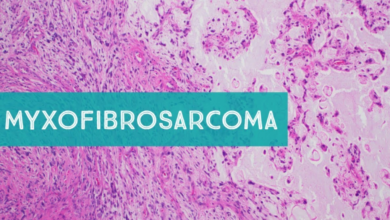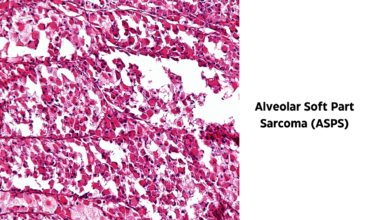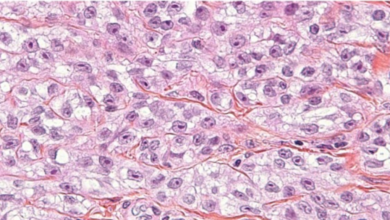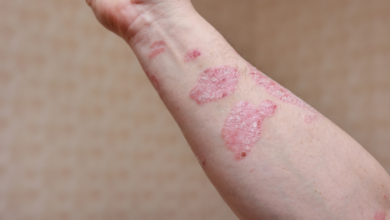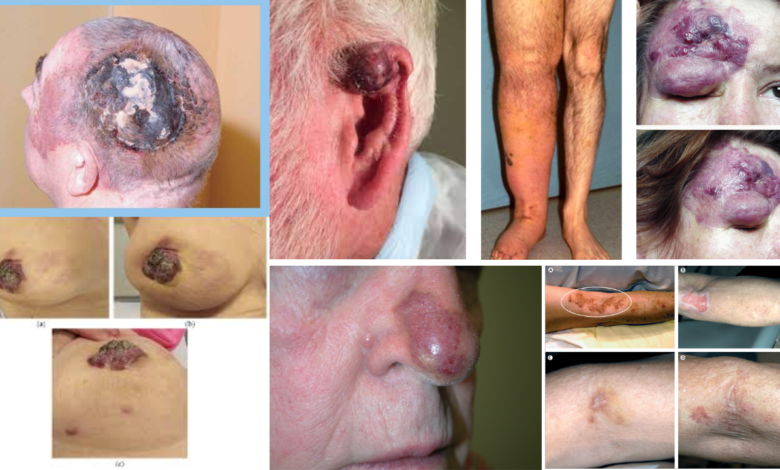
What is Angiosarcoma?
Angiosarcoma is a rare type of cancer that originates in the cells that line blood vessels and lymph vessels. It can develop in various parts of the body, including the liver, skin, spleen, and heart.
Types of Angiosarcoma
Angiosarcomas are classified based on their location:
• Hepatic angiosarcoma: Occurs in the liver.
• Cutaneous angiosarcoma: Develops in the skin.
• Soft tissue angiosarcoma: Arises in soft tissues like muscles and fat.
Symptoms of Angiosarcoma
Symptoms of angiosarcoma can vary depending on the location of the tumor. Common symptoms include:
• A painless lump or mass
• Skin changes, such as redness, swelling, or ulceration
• Abdominal pain or swelling (in case of liver angiosarcoma)
• Fatigue
• Weight loss
Causes of Angiosarcoma
The exact cause of angiosarcoma is often unknown. However, certain factors may increase the risk, such as:
• Exposure to certain chemicals: Exposure to vinyl chloride, arsenic, and certain pesticides has been linked to an increased risk.
• Previous radiation therapy: Radiation therapy can increase the risk of developing angiosarcoma in the treated area.
• Certain genetic conditions: Some genetic disorders, such as lymphedema, may increase the risk.
Who Can Suffer from Angiosarcoma?
Angiosarcoma can affect people of all ages, but it’s more common in older adults.
Diagnostic Tests for Angiosarcoma
To diagnose angiosarcoma, a doctor may use a combination of tests, including:
• Physical exam: To check for any lumps or masses.
• Imaging tests: X-rays, CT scans, MRIs, and PET scans can help determine the size and location of the tumor.
• Biopsy: A tissue sample is removed from the tumor and examined under a microscope.
Stages of Angiosarcoma
The staging of angiosarcoma helps determine the extent of the disease and guides treatment decisions. The American Joint Committee on Cancer (AJCC) staging system is commonly used.
Treatment of Angiosarcoma
The treatment for angiosarcoma depends on the type, stage, and location of the tumor. Common treatment options include:
• Surgery: To remove the tumor and affected tissue.
• Chemotherapy: To kill cancer cells throughout the body.
• Radiation therapy: To kill cancer cells in a specific area.
Diet and Angiosarcoma Prevention
While a healthy diet cannot directly prevent angiosarcoma, it can support overall health and strengthen the immune system. Here are some general dietary recommendations:
• A balanced diet: A diet rich in fruits, vegetables, and whole grains can help.
• Limit processed foods and sugary drinks: These can contribute to weight gain and other health problems.
• Maintain a healthy weight: Obesity is linked to an increased risk of certain cancers.
Overall Survival Rate of Angiosarcoma
The overall survival rate for angiosarcoma varies depending on the type, stage, and location of the tumor. While advancements in treatment have improved outcomes, it remains a serious condition. Early detection and timely treatment are crucial for a better prognosis.
Doctor to Consult
A medical oncologist or a surgical oncologist specializing in sarcomas is the best doctor to consult for angiosarcoma.
Diseases Associated with Angiosarcoma
Angiosarcoma is not directly associated with other specific cancers. However, certain genetic factors and environmental exposures may increase the risk of developing angiosarcoma.
How to Prevent Angiosarcoma
While there’s no guaranteed way to prevent angiosarcoma, limiting exposure to known risk factors can reduce the likelihood of developing the disease:
• Limit exposure to certain chemicals: Exposure to chemicals like vinyl chloride and arsenic can increase the risk of angiosarcoma.
• Minimize radiation exposure: Excessive exposure to radiation can increase the risk of certain cancers, including angiosarcoma.
• Regular check-ups: Regular check-ups can help detect any abnormalities early on.
• Healthy lifestyle: A healthy lifestyle, including a balanced diet and regular exercise, can help boost the immune system.


